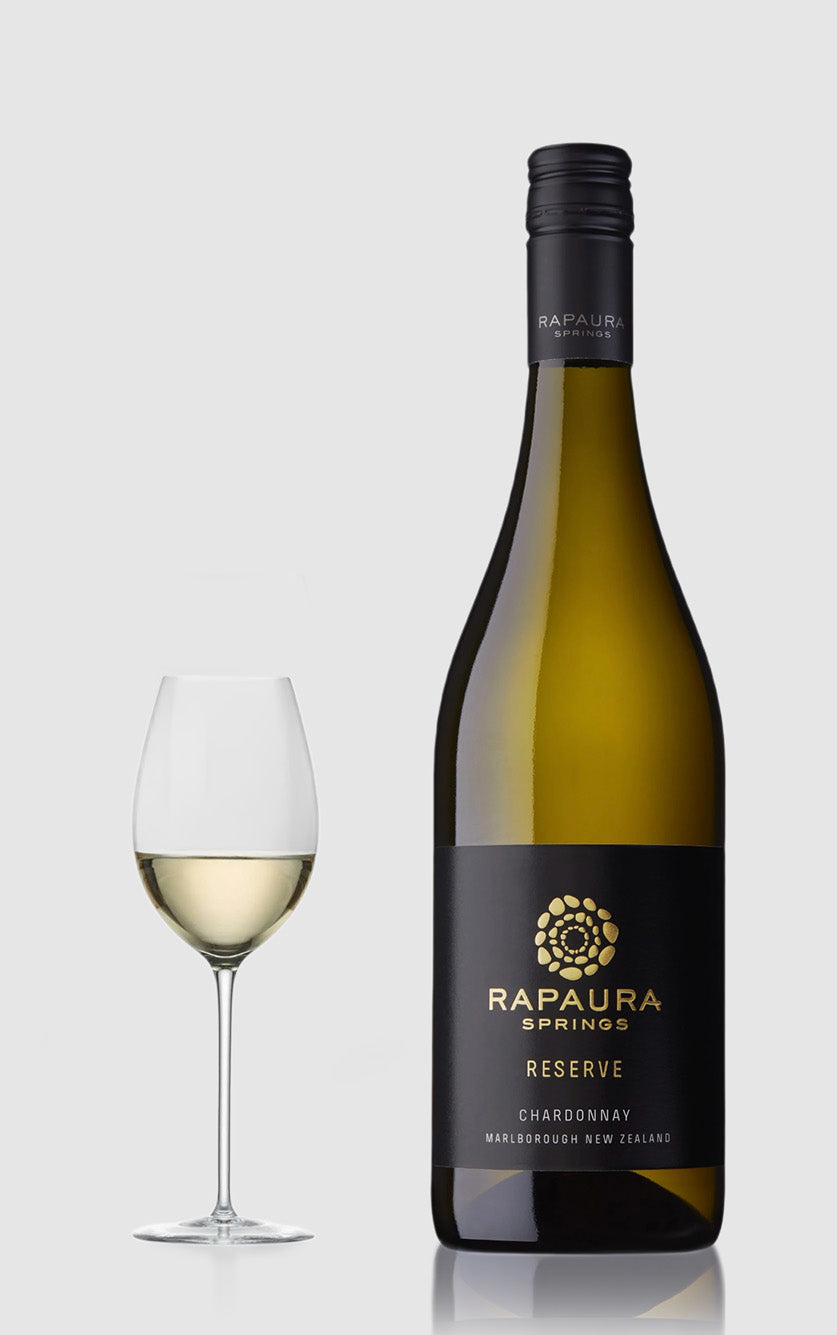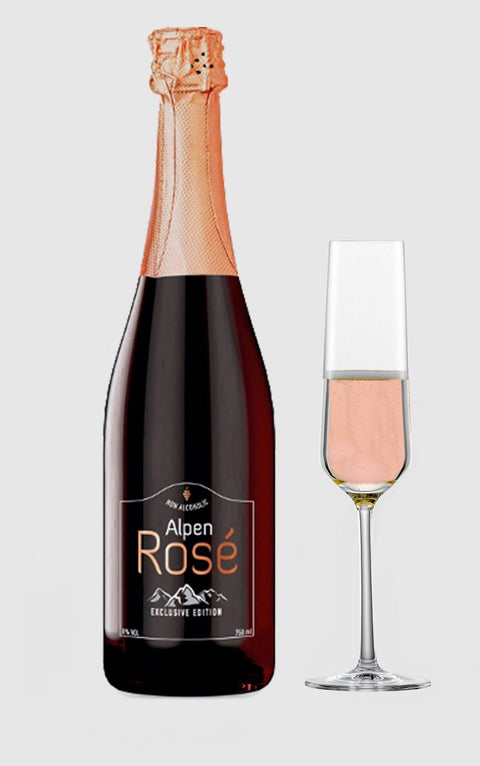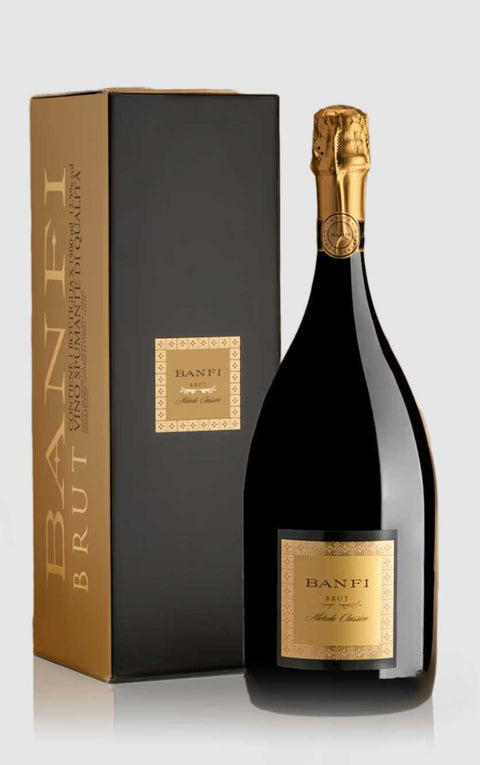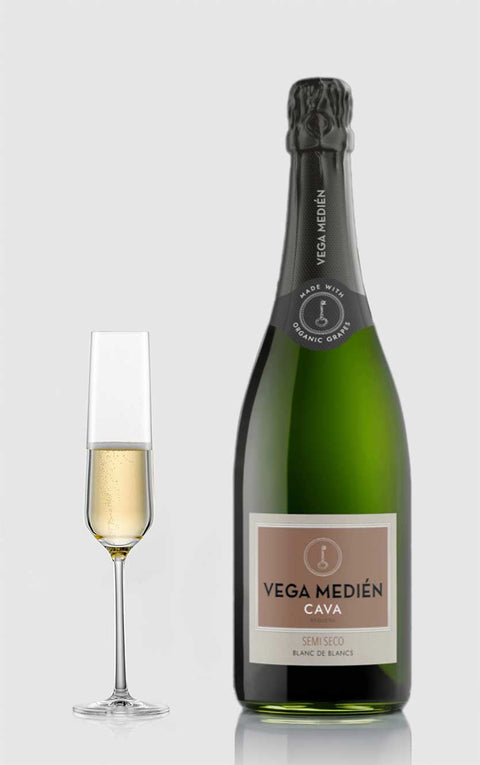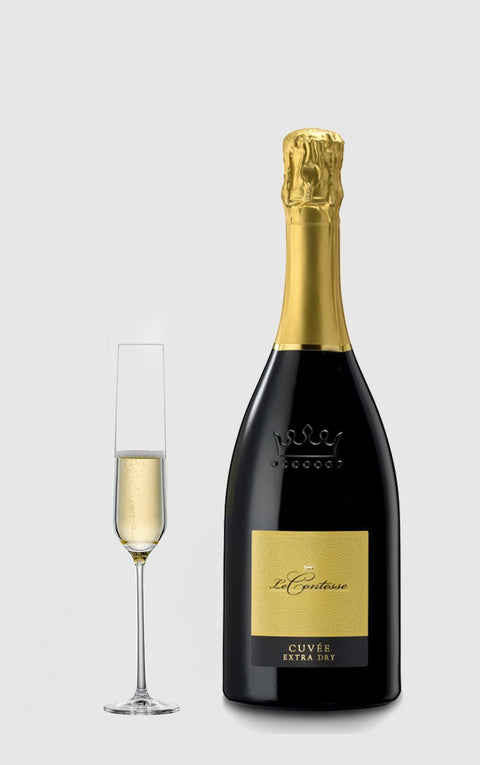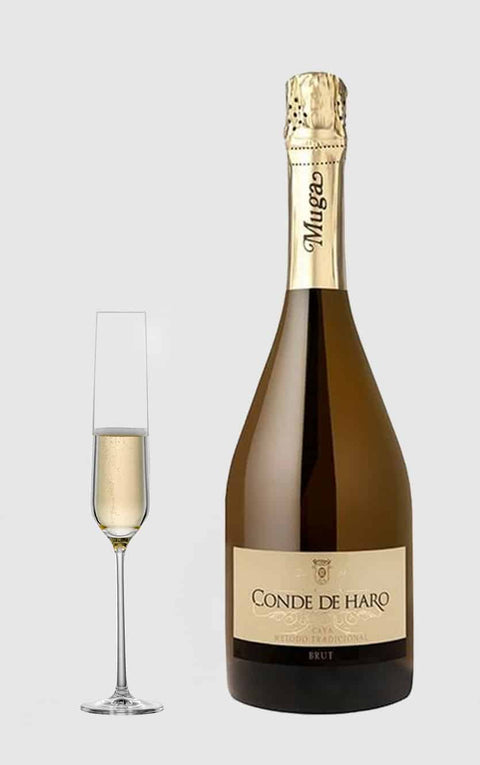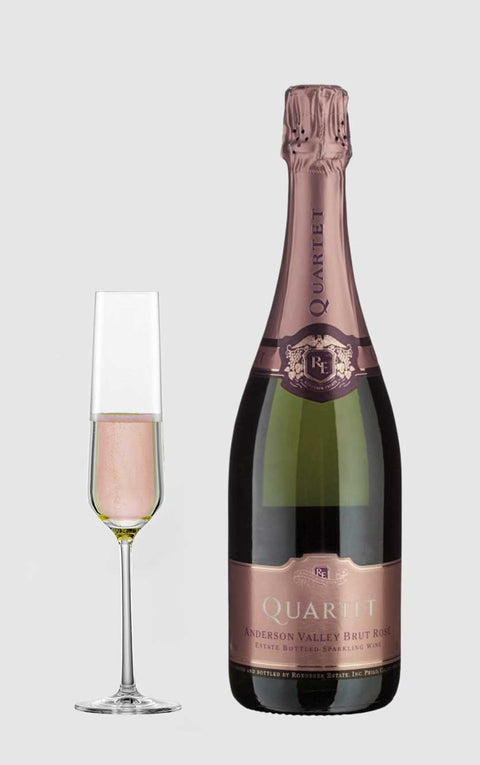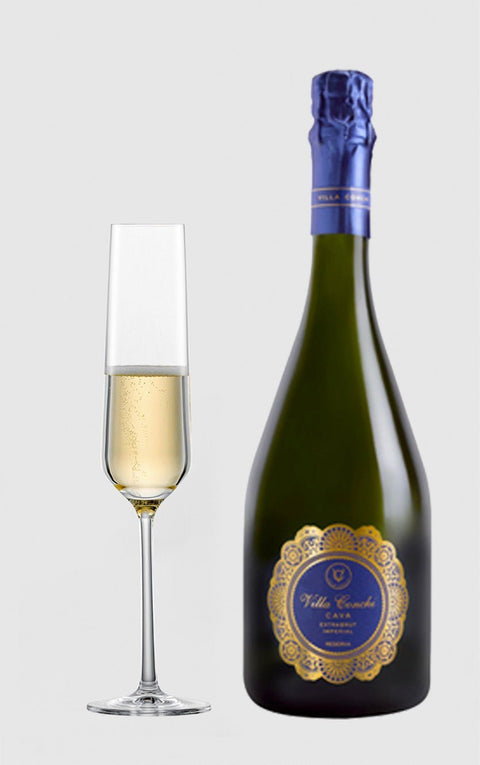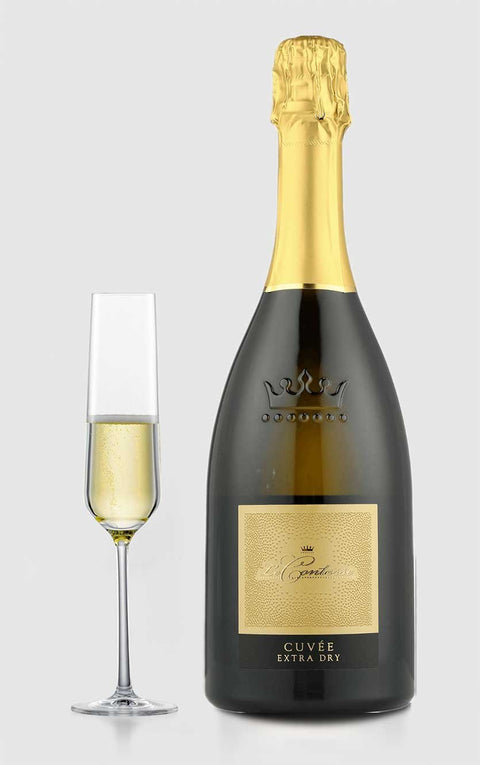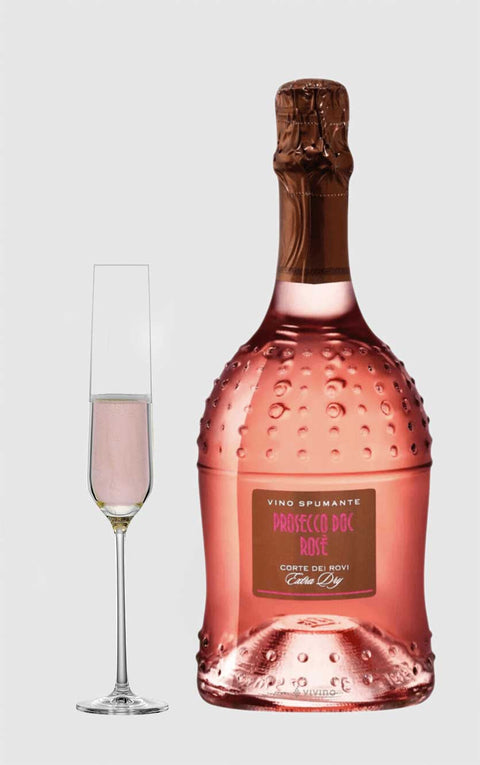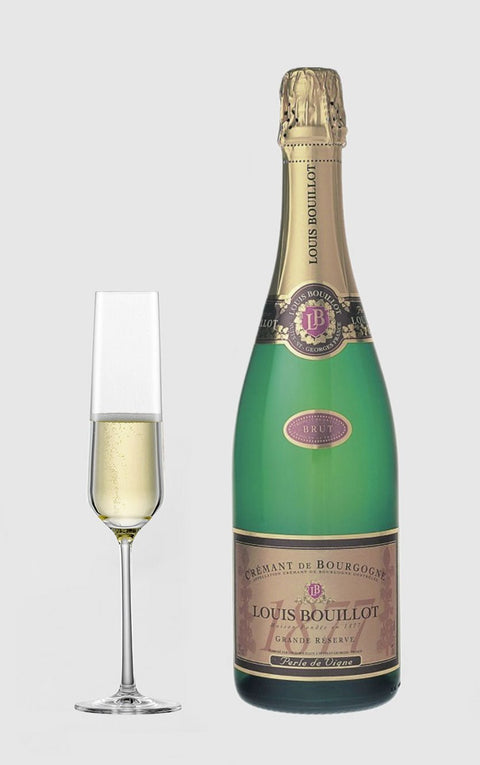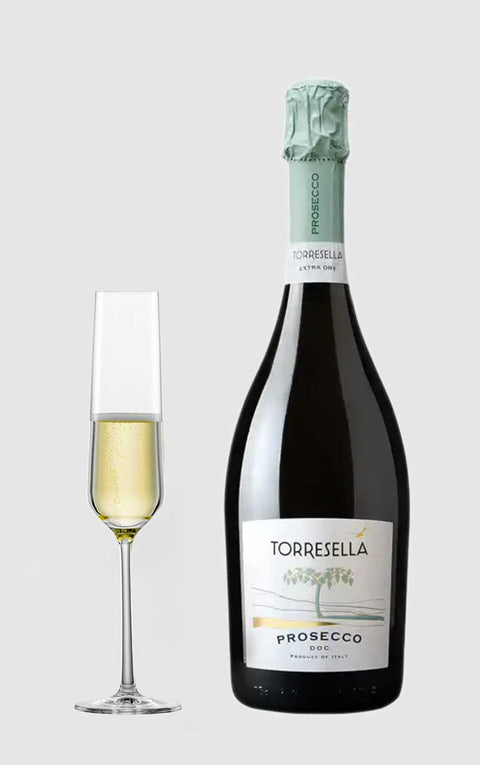
Villiera Tradition Brut
Villiera Tradition Brut
Anmeldelser
DH Wines: 89 point
Passer til: Seafood, sushi, smoked salmon, chicken salads, light tapas dishes, mature cheeses
Details
Details
Country: South Africa
Region: Stellenbosch
Alcohol: 12%
Volume: 75 cl
Year:
In stock
Couldn't load pickup availability
Villiera Tradition Brut is the house's most famous sparkling wine and marked the start of wine production in 1984. It is made according to the classic Méthode Cap Classique (bottle fermentation), and is aged on the lees for an average of 18 months (sur lie), which gives the wine its characteristic creaminess and complexity.
The composition is typically around 70% Chardonnay and 30% Pinot Noir.
In some vintages and descriptions, some double-based variations with a little Pinotage and Chenin Blanc are mentioned, but the standard visitor is Chardonnay and Pinot Noir.
Flavor Profile & Texture
Aroma and taste: Fresh and fruity with notes of citrus and white stone fruits, such as peach and apricot. Also experienced with aromas of butter, toast and brioche – a result of long sour lees aging
From a review: “Citrus-fresh, delicious… sun-ripened lime, lemon zest and a touch of freshly baked bread”
One assessment describes the wine as "creamy; shortbread, full-bodied spread. Deep, peachy fruit, complex, rich. Tastes like salt-buttered toasted croissant spread with lemon marmalade and apricot jam."
From IWSC: "Fresh, sweet, fruity nose with lemon, butter and toast. White peach, nectarine and ripe pear on the palate... Dry, clean and very well made. Luxurious depth of flavor and lingering, fresh finish."
Elegance, Balance & Structure
Tradition Brut shows a fine balance between freshness and a rich, creamy mouthfeel. It is dry, clear and very well composed with a persistent and fresh finish.
Awards
-
Platter's Wine Guide: 4 stars
-
SAWi: Platinum (100 points)
-
National Wine Challenge: Top 100 & Double Platinum
-
Gilbert & Gaillard International Challenge: Gold
-
World Sparkling Wine Award: Gold
-
Decanter World Wine Awards: 93 points
-
Intercontinental Wine Challenge: Gold
-
From UK reviews: much praise for creamy texture and deep fruit
Technical details
-
Alcohol: Around 11.5–12%
-
Acid & Residual Sugar: Typically around 6–6.8 g/l acid and approx. 6–8 g/l residual sugar
-
Serving temperature: Ideally 6–10 °C
-
Shelf life: Best within 3 years from date of purchase
Food match
The wine is all-round and goes particularly well with aperitifs , fresh seafood and fish, such as grilled shrimp, citrus marinades, risotto with asparagus or creamy goat cheese with herbs.
Sign up for our newsletter here


Here is a detailed description of the different types of champagne, sorted by dryness.
Types of sparkling wine
1. Brut Nature (also called Ultra Brut or Zéro Dosage)
Sugar content: Below 3 g/l (no added sugar)
Taste profile: Extremely dry, razor-sharp acidity and mineral character. Very clean and natural taste, where the terroir of the champagne and the original flavor nuances of the grapes stand out clearly.
When to drink it? Best with oysters, shellfish, sushi or as an aperitif for those who like an ultra-dry taste experience.
2. Extra Brut
Sugar content: 0-6 g/l
Taste profile: Very dry, but with a slightly more rounded character than Brut Nature. The taste is still fresh and mineral, with high acidity and finesse.
When to drink it? Perfect with lighter dishes like ceviche, carpaccio or salads with citrus and seafood.
3. Brute
Sugar content: Up to 12 g/l
Taste profile: Dry, but with a bit more balance and roundness. Brut is the most popular type of champagne, as it combines freshness with a light fruity sweetness. The taste often has notes of green apples, citrus fruits, white flowers and a slightly toasted character from the fermentation.
When to drink it? Ideal as an aperitif or with versatile dishes such as poultry, fish dishes, soft cheeses and even lightly spiced food.
4. Extra Dry
Sugar content: 12-17 g/l
Flavor Profile: Despite the name, this type is not dry, but rather semi-dry. It has a slight sweetness that gives it a softer and more fruity profile, but still retains a fresh acidity.
When to drink it? Goes well with foie gras, Asian food with a bit of sweetness (like Thai or Vietnamese dishes) or mild cheeses.
6. Demi-Sec
Sugar content: 32-50 g/l
Taste profile: Distinctly sweet with a silky texture. The taste has notes of tropical fruits, candied citrus, honey and brioche. However, the acidity keeps it fresh and not overwhelmingly heavy.
When to drink it? Ideal with sweet desserts like crème brûlée, fruit tarts or nut-based cakes. Can also be an exciting contrast to strong cheeses like Roquefort.
7. Sweet
Sugar content: Over 50 g/l
Taste profile: Very sweet, almost like a dessert wine. Has intense notes of honey, caramel, dried fruits and exotic spices.
When to drink it? Perfect as a dessert on its own or with the sweetest desserts like chocolate fondant, panna cotta or vanilla ice cream with caramel.
Which champagne should you choose?
Which champagne should you choose?
• For aperitif or seafood: Brut Nature or Extra Brut
• For versatile meals: Brut or Extra Dry
• For desserts: Demi-Sec or Doux
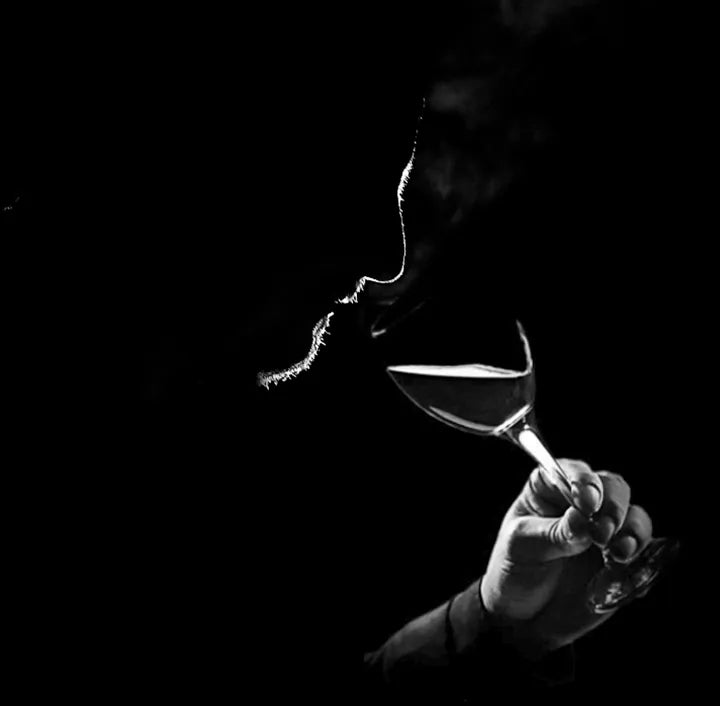
A new generation of wine enthusiasts
DH Wines
A true wine cellar in the best sense of the word… Here you can meet Daniel Hansen, a passionate self-taught wine connoisseur who can tell every story related to the entire cellar's assortment. The ambition is to cover the entire palette of wines from the easy-drinking companions that are served for close conversations between people to the attention-demanding and ambitious wines that draw wine connoisseurs deeper into the enormous and wondrous universe of wine.
In other words, you can buy wine here for everyday use and parties, for entertainment and for the bladder, to quench your thirst or to take your food to new levels.
Sign up for our newsletter - Never miss out on super offers!
Great offer
-
 ★ 95 – DH Wines★ 4.6 – Vivino
★ 95 – DH Wines★ 4.6 – VivinoVigna Madre Degá Negroamaro 2021
-23% rabatRegular price 99,00 DKKRegular priceUnit price / per129,00 DKKSale price 99,00 DKKSale -
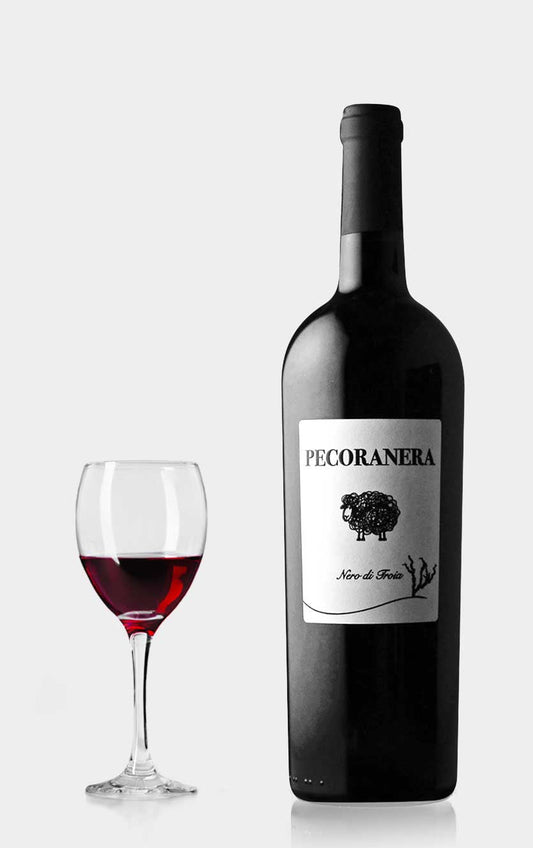 ★ 95 – Wine Enthusiast★ 95 – DH Wines★ 4.6 – Vivino
★ 95 – Wine Enthusiast★ 95 – DH Wines★ 4.6 – VivinoRisveglio Pecoranera Nero di Troia 2021
Regular price 99,00 DKKRegular priceUnit price / per149,00 DKKSale price 99,00 DKKSold out -
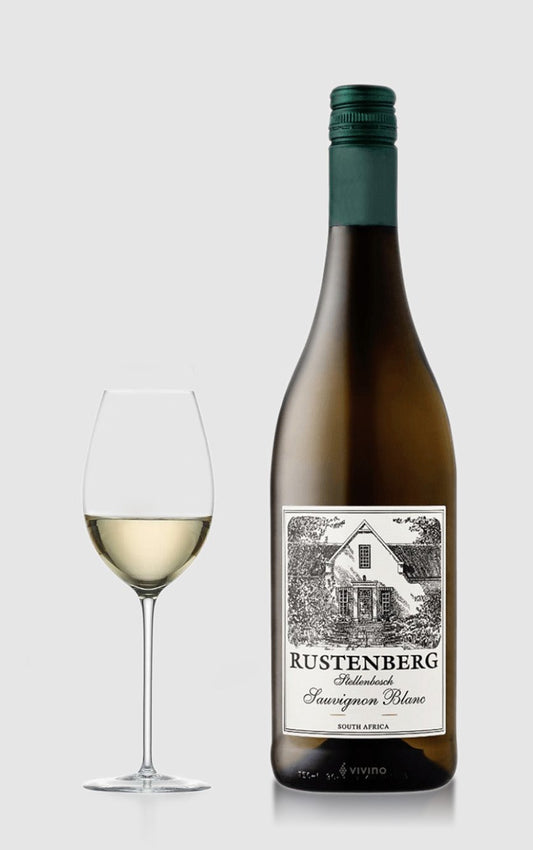 ★ 93 – James Suckling★ 92 – DH Wines★ 3.8 – Vivino
★ 93 – James Suckling★ 92 – DH Wines★ 3.8 – VivinoRustenberg Sauvignon Blanc 2022
-22% rabatRegular price 139,00 DKKRegular priceUnit price / per179,00 DKKSale price 139,00 DKKSale -
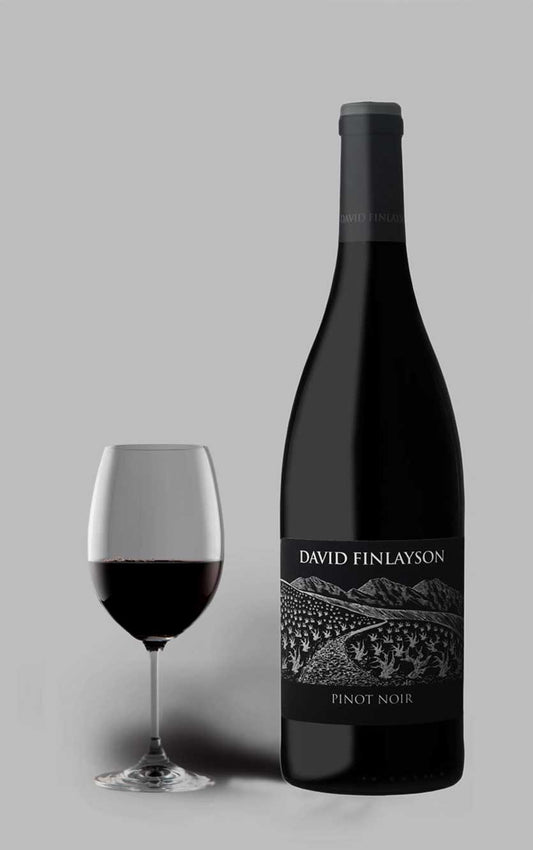 ★ 92 – DH Wines★ 3.8 – Vivino
★ 92 – DH Wines★ 3.8 – VivinoDavid Finlayson Pinot Noir 2022
-18% rabatRegular price 129,00 DKKRegular priceUnit price / per159,00 DKKSale price 129,00 DKKSale
